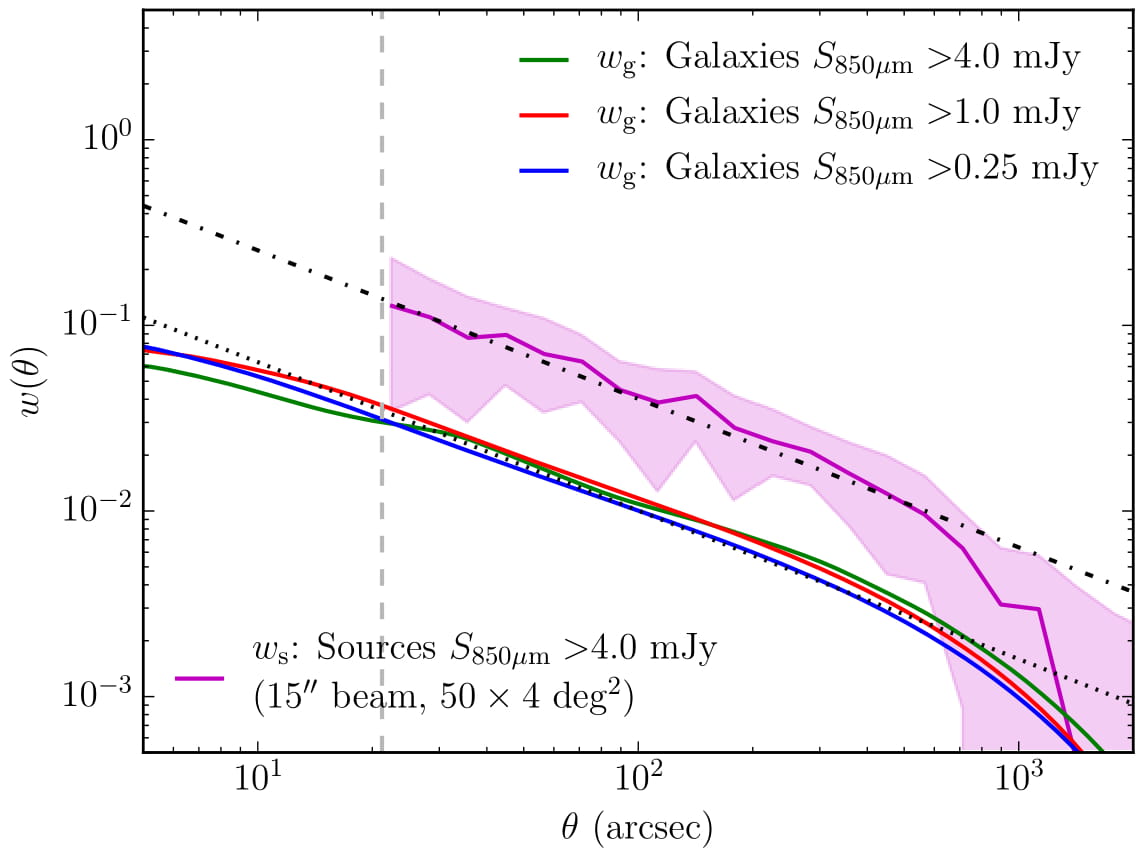Daily Image
08-03-2018Colloquium - Galaxy clustering in the near- and far-infrared
| Submitter: | William Cowley |
| Description: | The observed clustering (i.e. two-point correlation function) of galaxies is a powerful tool that can help us connect them to their host dark matter haloes. It can thus constrain potential evolutionary scenarios for galaxy populations and give insight into the physical processes that govern their evolution. In this varied talk, I will present some recent observational and theoretical developments relating to the interpretation of the galaxy two-point correlation function. First, I will present new results from the Spitzer Matching survey of the UltraVISTA ultra-deep Stripes (SMUVS). SMUVS provides unparalleled depth at 3.6 and 4.5um over in the COSMOS field. This, combined with the latest ultra-deep UltraVISTA data, allows precise photometric determinations of redshift and stellar mass. From this unique dataset, we connect galaxies selected by stellar mass to their host haloes from z~1.5-5. To interpret the observed galaxy clustering we use a phenomenological halo model combined with a novel method to account for uncertainties arising from the use of photometric redshifts. We infer that the halo mass at which the ratio of stellar mass to halo mass is maximized is 10^12.5 Msol at z~2.5, representing the first time this peak mass has been identified using clustering measurements at z>2. In the second half of the talk, I will discuss the clustering of bright galaxies selected at far-infrared wavelengths and will show that confusion noise in the imaging of single-dish telescopes used for surveys at these wavelengths can significantly boost the observed clustering of detected sources compared to that of the underlying galaxies (see figure). This recently discovered `blending bias' can lead to the inferred halo masses of these objects being overestimated by up to an order of magnitude. I will discuss ways in which this effect can be mitigated. |
| Copyright: | Colloquium |
| Tweet |  |
